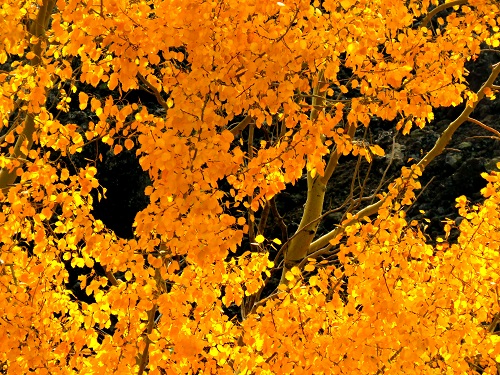Timparossa Hut is set on the northern flank of Mount Etna. It is a magic place attracting every year trekkers, hikers and photographers. It is a part of the “hut itineraries” of this volcano but its particular characteristic is the beech forest all around. In autumn it turns red, thus giving the name to the hut (rossa, red). To get to Timparossa may be a challenge or a nice adventure. Both will give you, in the end, a great emotion.
Characteristics of Timparossa Hut
The hut is small, made of wood and it has been recently restored. Not far from the house itself there is a lovely water well anyone can use. Behind the hut, there are a stone barbecue and a stone oven. Inside you will find a stove and also some firewood in the winter months. Please use it sparingly!
There are no beds, inside, but you will see a box keeping sleeping bags and blankets. It is possible to sleep on the mezzanine above the main room. You will also find a long wooden table with benches, to allow groups of people to eat together. Shelves are filled with soap, drinks, some snacks. There is a First Aid box too.
How to get to Timparossa Hut
 red leaves- ph Grazia Musumeci
red leaves- ph Grazia Musumeci
To get to Timparossa Hut you can walk two roads. The longest starts from Ragabo Pinewood (Linguaglossa) and goes through woods, two old lava streams up to the territory of Castiglione di Sicilia. There are a couple of panoramic points over the Valley of Alcantara, along the way. Sometimes you can also see the Ionian Sea and Calabria. It takes a 3-hour walk to go from Ragabo to Timparossa. The first hour is quite a hard walk, then it becomes easy and comfortable.
From Piano Provenzana, seat of the chairlift and ski schools of Etna Nord, you reach Timparossa with about an hour and a half walk along the “carriage road to the Central Craters”. The route is short and not too tiring (on a difference in height of 200 meters) and crosses landscapes of desolation among the lava of the 2002 eruption. Follow the signs up to Monte Nero and from there turn left around the crater, following the signs of the Etna Park up to Timparossa.
What to see along the way
If you arrive from Ragabo you will certainly admire the majesty of the century-old pines of this wood, the beauty of the sciare (the lava flows) that closely threatened the town of Linguaglossa. Then you will pass by the Monte Nero crater. Along the particularly scenic route, you will also meet Grotta delle Palombe (hut and cave) and the Lamponi Cave.
Going up from Piano Provenzana the path is a little wilder. It climbs a few meters from the 2002 eruption’s “button craters”, goes around the bulk of Monte Nero and enters the beech forest. This forest which, in autumn, turns all red with its trees’ leaves is a wonderful show to see. Along the way you can also come across one of the so-called “cannon stones”. They are formations created by the lava when it engulfs the trees. The burnt tree consumes as the lava cools down on the outside, thus leaving the void – and a hole – where the trunk used to be.
Mystery of the Timparossa name
Timparossa takes the same name of the nearby hill. Timpa means escarpment, it is rossa (red) because of the beech forest autumn colours. Or because of the particular colour of the lava stone, which has some red part due to the high levels of iron.